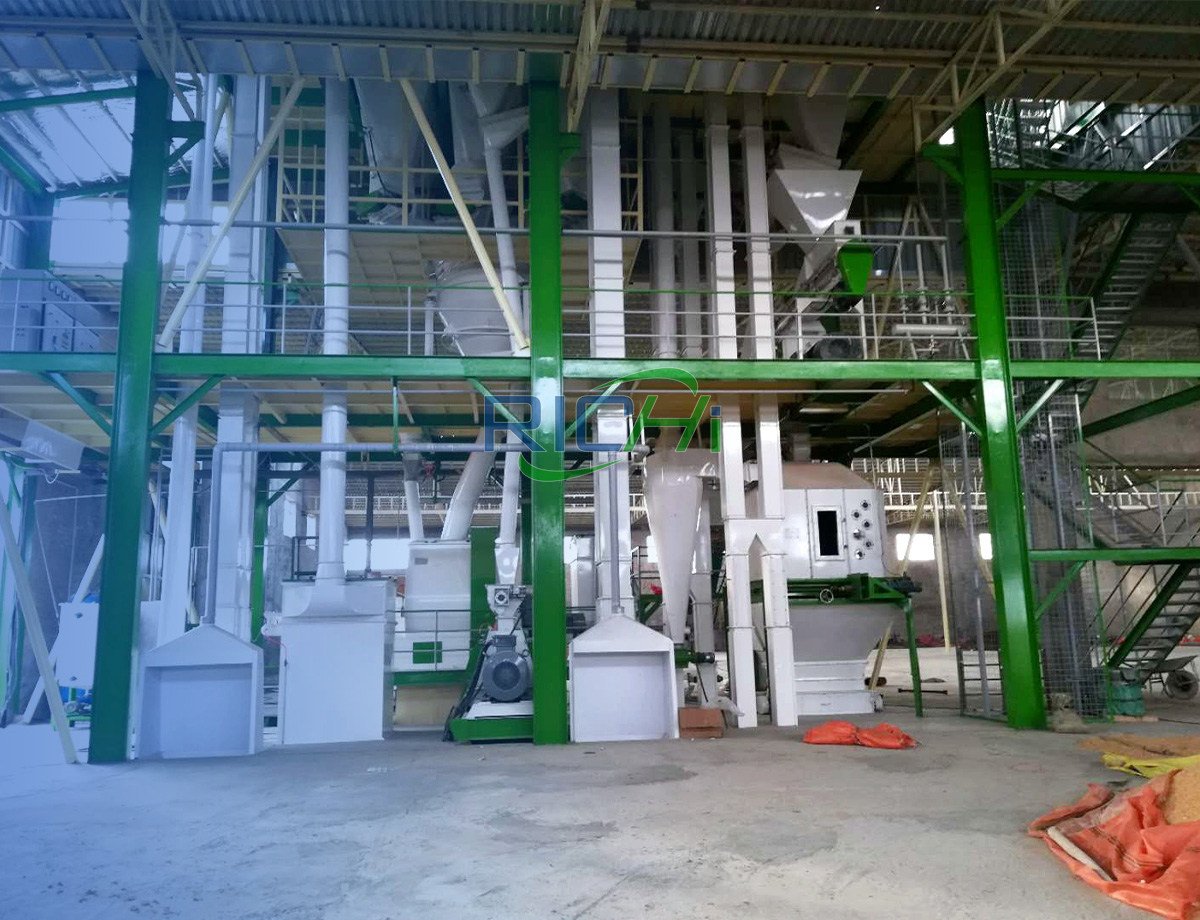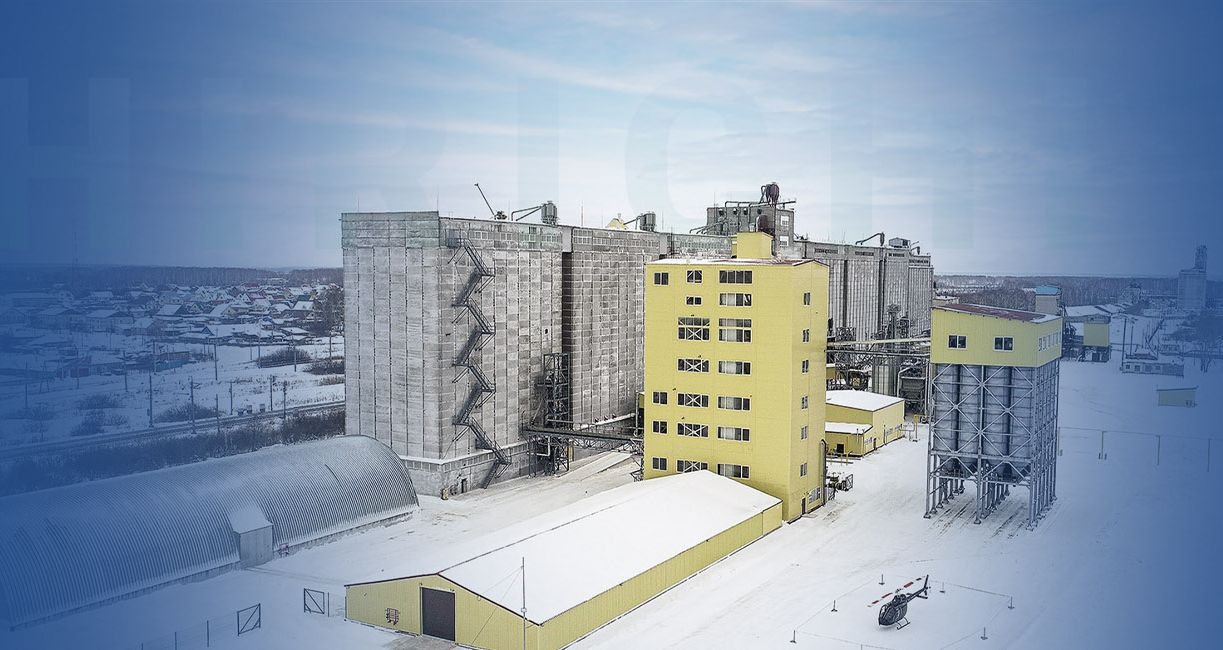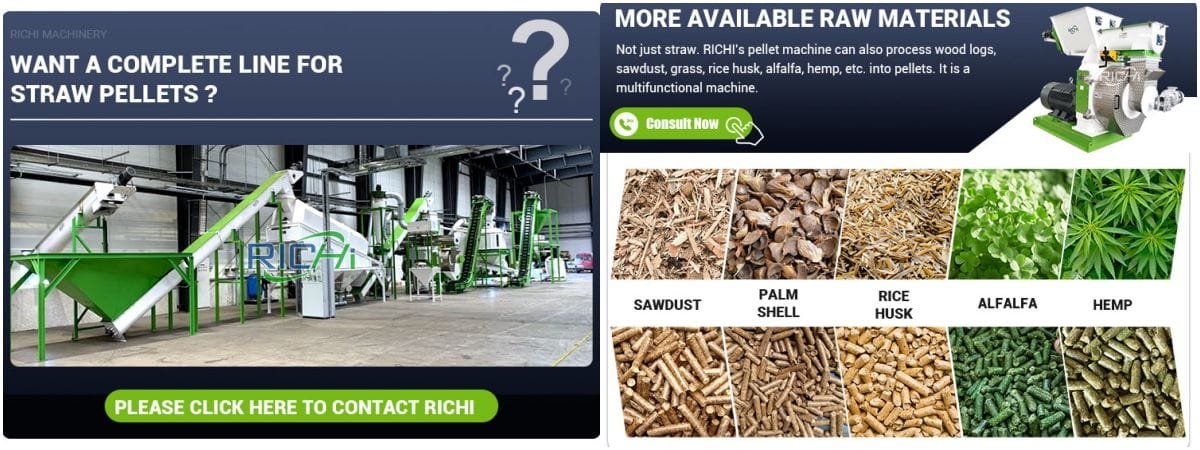The global pet food industry has experienced significant growth in recent years, driven by increasing pet ownership, humanization of pets, and rising disposable incomes. This growth has led to a corresponding increase in demand for pet food production lines across various countries. However, the market demand for these production lines varies significantly between regions due to factors such as pet ownership rates, economic conditions, and cultural attitudes towards pets.
This article explores the market demand for pet food production lines in different countries and the factors influencing these variations.
Key Factors Influencing Market Demand
- Pet Ownership Rates
Countries with higher pet ownership rates generally have a stronger demand for pet food production lines. - Economic Development
Developed economies often have more sophisticated pet food markets, driving demand for advanced production lines. - Urbanization
Urban areas tend to have higher pet ownership rates and more diverse pet food preferences, influencing production line requirements. - Cultural Attitudes
Cultural perceptions of pets significantly impact the type and quality of pet food demanded, affecting production line specifications. - Regulatory Environment
Stringent food safety regulations can drive demand for more advanced and compliant production lines.
Regional Analysis
- United States
Market Demand: Very High
Key Factors:
- High pet ownership rates (67% of households own pets)
- Advanced pet food market with diverse product offerings
- Strong focus on premium and specialized pet foods
The United States has one of the highest demands for pet food production lines globally. With a mature market and a trend towards premium and specialized pet foods, there is a strong demand for advanced production lines capable of producing a wide range of products, including wet foods, dry kibble, and treats.
Related post: pet food extruder machine
- China
Market Demand: Rapidly Growing
Key Factors:
- Fastest-growing pet food market globally
- Increasing urbanization and rising middle class
- Shift towards commercial pet foods
China’s pet food market is experiencing explosive growth, driving a surge in demand for pet food production lines. As Chinese consumers shift from homemade to commercial pet foods, there is a growing need for both domestic and international production capabilities.
- Brazil
Market Demand: High and Growing
Key Factors:
- Second-largest pet population globally
- Emerging middle class with increasing disposable income
- Growing trend of pet humanization
Brazil’s large pet population and growing economy are driving significant demand for pet food production lines. There is a particular need for lines capable of producing both economical and premium pet food options to cater to diverse market segments.
- Germany
Market Demand: Steady and Sophisticated
Key Factors:
- High pet ownership rates
- Strong focus on natural and organic pet foods
- Stringent quality and safety regulations
Germany’s mature pet food market demands sophisticated production lines capable of meeting strict quality standards and producing natural and organic pet foods. The demand is steady but focused on high-quality, technologically advanced production lines.
- India
Market Demand: Emerging
Key Factors:
- Rapidly growing pet ownership, especially in urban areas
- Increasing awareness of commercial pet foods
- Shift from traditional to packaged pet foods
While still in its early stages, India’s pet food market is showing promising growth, particularly in urban areas. There is an emerging demand for pet food production lines, with a focus on affordable options for the mass market and premium products for affluent urban pet owners.
- Japan
Market Demand: High and Specialized
Key Factors:
- High pet ownership rates, especially among aging population
- Strong demand for premium and functional pet foods
- Advanced technology adoption
Japan’s pet food market demands highly specialized production lines capable of producing premium, functional, and even personalized pet foods. There is a particular focus on production lines that can incorporate novel ingredients and meet stringent quality standards.
- Russia
Market Demand: Growing
Key Factors:
- Increasing pet ownership rates
- Growing middle class in urban areas
- Shift from table scraps to commercial pet foods
Russia’s pet food market is showing steady growth, driving demand for pet food production lines. There is a particular need for lines capable of producing both economy and premium pet food options to cater to diverse consumer segments.
- United Kingdom
Market Demand: Stable and Diverse
Key Factors:
- High pet ownership rates
- Strong focus on pet health and wellness
- Increasing demand for natural and organic pet foods
The UK market demands versatile production lines capable of producing a wide range of pet food products, from traditional options to natural and organic varieties. There is a particular focus on lines that can produce wet pet foods and treats.
- Australia
Market Demand: Steady and Premium-Focused
Key Factors:
- High pet ownership rates
- Strong focus on pet health and nutrition
- Demand for locally-produced pet foods
Australia’s pet food market demands production lines capable of producing high-quality, locally-sourced pet foods. There is a growing emphasis on lines that can incorporate novel proteins and produce grain-free options.
- South Korea
Market Demand: Rapidly Growing
Key Factors:
- Increasing pet ownership, especially among younger generations
- Growing trend of pet humanization
- Demand for premium and functional pet foods
South Korea’s pet food market is experiencing rapid growth, driving demand for advanced production lines capable of producing premium and functional pet foods. There is a particular focus on lines that can produce small-batch, specialized products.
Conclusion
The market demand for pet food production lines varies significantly across different countries, influenced by factors such as pet ownership rates, economic development, cultural attitudes, and regulatory environments.
While developed markets like the United States, Germany, and Japan demand sophisticated, high-tech production lines capable of producing premium and specialized pet foods, emerging markets like China, India, and Brazil are seeing rapid growth in demand for a wide range of production capabilities, from basic to advanced.
As the global pet food market continues to evolve, we can expect to see continued growth in demand for pet food production lines, particularly in emerging markets. However, this demand will likely be accompanied by increasing requirements for flexibility, efficiency, and compliance with stringent quality and safety standards.
For manufacturers of pet food production lines, understanding these regional variations and trends is crucial for tailoring their offerings to meet the specific needs of different markets. As the pet food industry continues to grow and diversify globally, the ability to provide customized, technologically advanced, and cost-effective production solutions will be key to success in this dynamic market.
For details please contact: Richi Pelletizer
WhatsApp:86 138 3838 9622
Email:enquiry@richipelletmachine.com










